Ceramics
ARTS FACULTY
(Art by Lily Neyland)
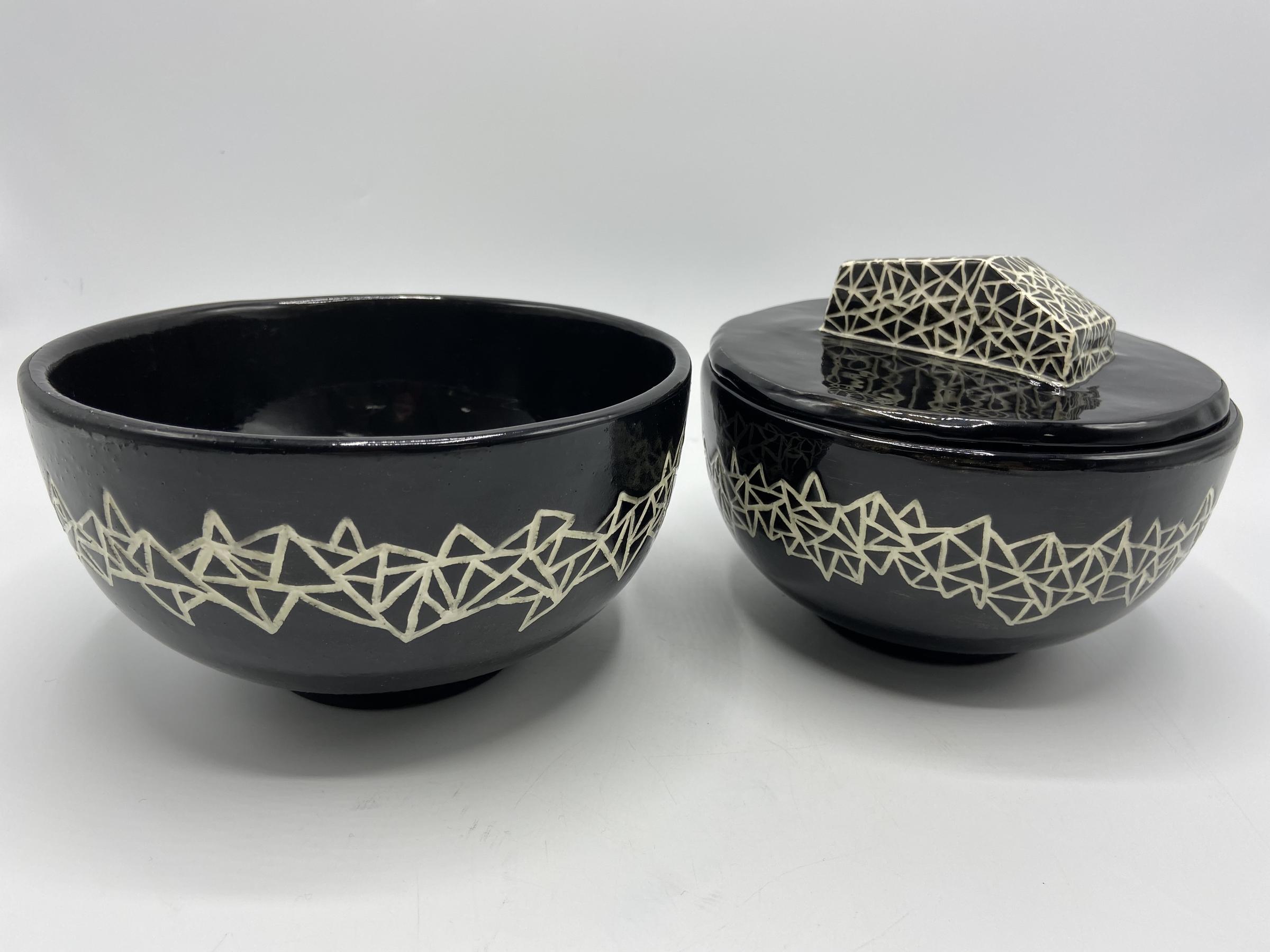
Ceramics
ARTS FACULTY
(Art by Lily Neyland)
| 🎓 Course Type | Elective |
|---|---|
| 🧩 Units | 1 - 4 |
| 🗓 Timing | Units 1 & 2 in Y9, Units 3 & 4 in Y10 |
| ⏱ Hours per week | 3 |
| 📚 PriorExperience | Advantageous but not required - see notes below |
| ✏️ Selection | Possible to commence study with any of the above units |
| 🧭 Future Pathways | TCE Visual Art Level 2, Art Production Level 3, Studio Practice Level 3, Art Theory and Criticism Level 3, IB Visual Art HL and SL, Art and Design Tertiary Studies |
This is an Art course. The medium is clay.
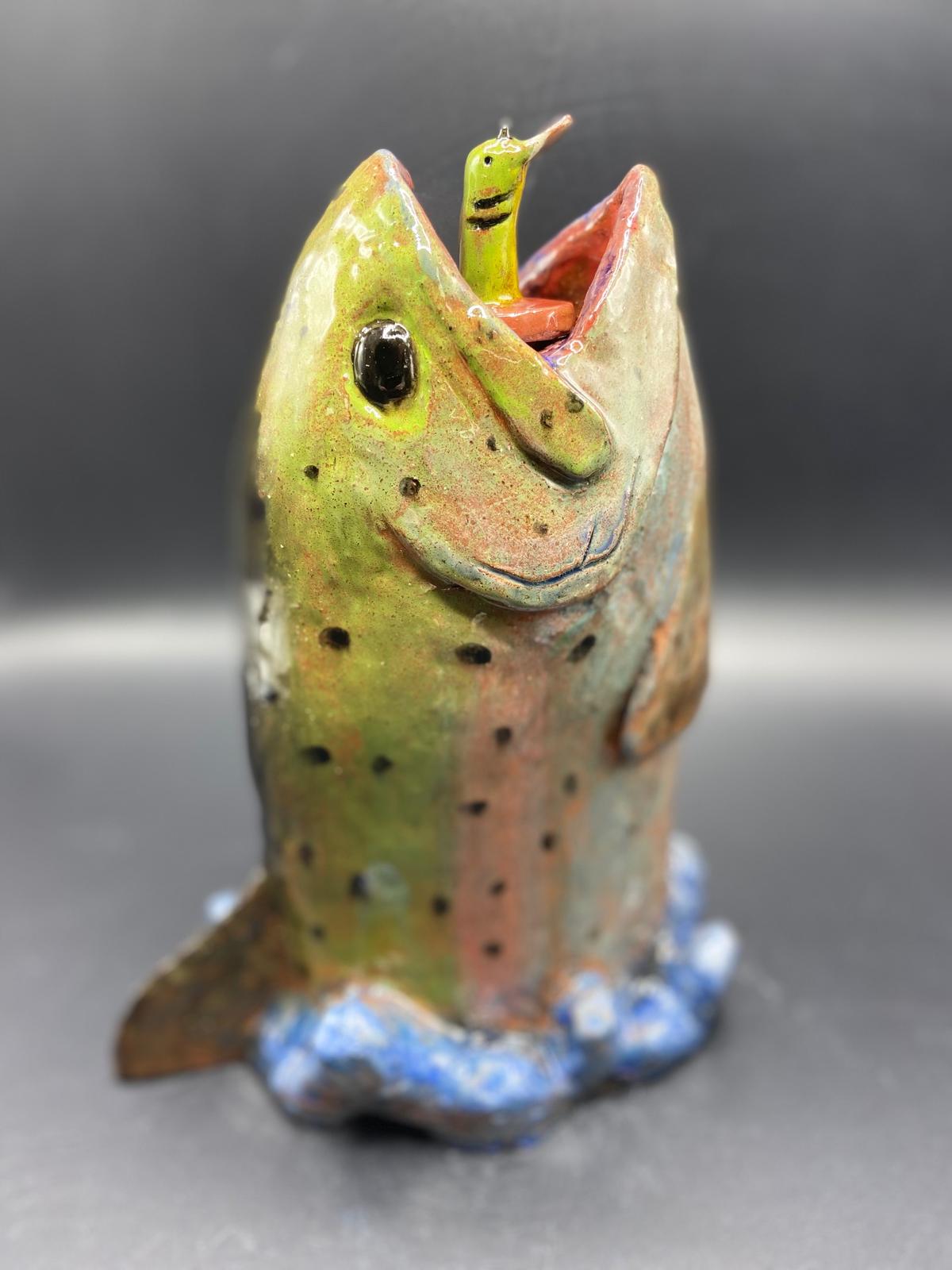

The objectives of the Ceramics course are for students to:
The Year 9 – 10 Ceramics course is divided into four sequential units. The course is designed to build technical skills and confidence in using the medium of clay in a variety of ways to express ideas and explore concepts. All units require students to record their ideas, plans and influences in an ‘art journal’. All practical work requires the study and appreciation of relevant artists, and art/ceramic work. Drawing and design skills will be developed throughout all units and active participation in the maintenance of the Ceramics area is expected.
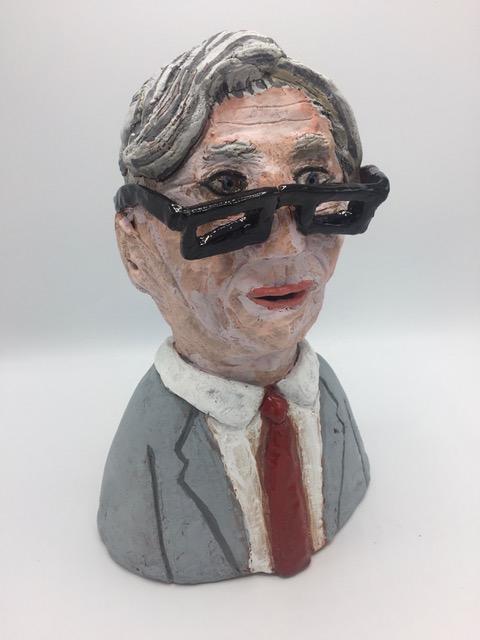

Unit One – This unit concentrates on developing hand-building skills. Each student has the opportunity to apply these techniques to functional work and sculptural projects.
Unit Two – Hand-building and sculptural skills will continue to be developed. An emphasis on designing through drawing prefaces each piece of work. Development of this skill is vital for all Ceramics students.
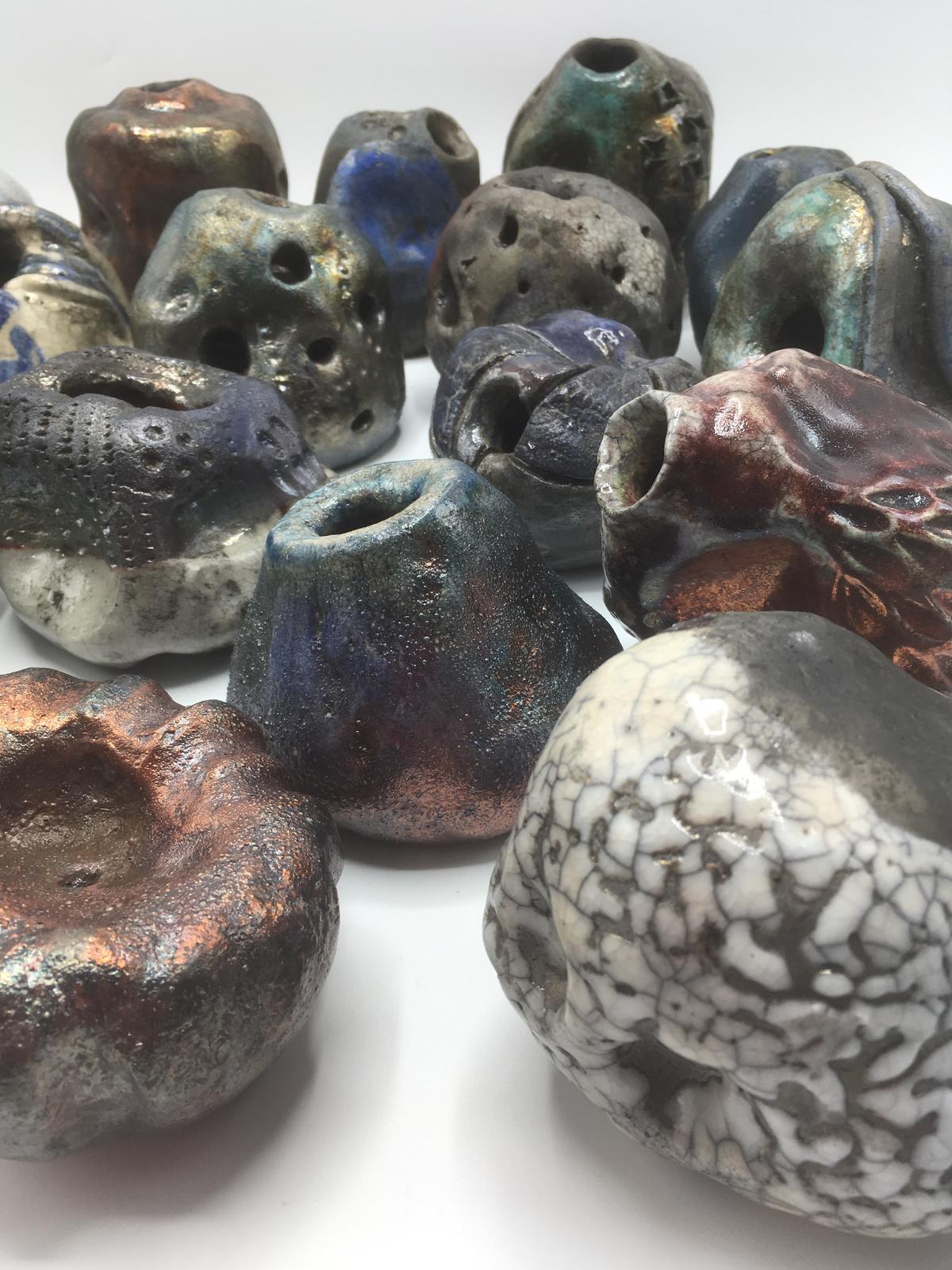

Units Three and Four – These units emphasise the development of ideas and concepts. Students are also expected to develop their technical skills, combine different processes and be able to choose the most suitable technique for each project.
Students wishing to study Ceramics are encouraged to undertake all four units. However, it is also possible to enrol in single semester units. Students enrolling in single units, particularly in Year 10 and without the experience and skills provided by Year 9 Ceramics, may find the work more challenging than would have otherwise been the case.
Year 8 Ceramics is not a prerequisite for Year 9 – 10 Ceramics but it is an advantage to have studied Ceramics in Year 8.
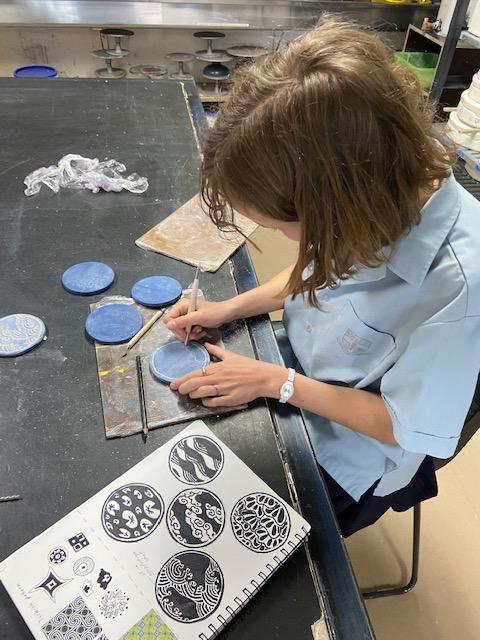

In Art and Ceramics, tasks are broken down into objectives or parts so that students know what is expected of them before starting the work. The parts serve as a checklist for students and teachers so that all aspects of a syllabus have been addressed. Each project is assessed by looking at evidences in students’ practical and journal work. The ability to follow instructions, use media and techniques appropriately, explore possibilities, research relevant theory, experiment independently and creatively and produce artworks are all evidences of achievement.
All components of the course are assessed progressively during the semester and finally as a complete body of work towards the end of each semester.